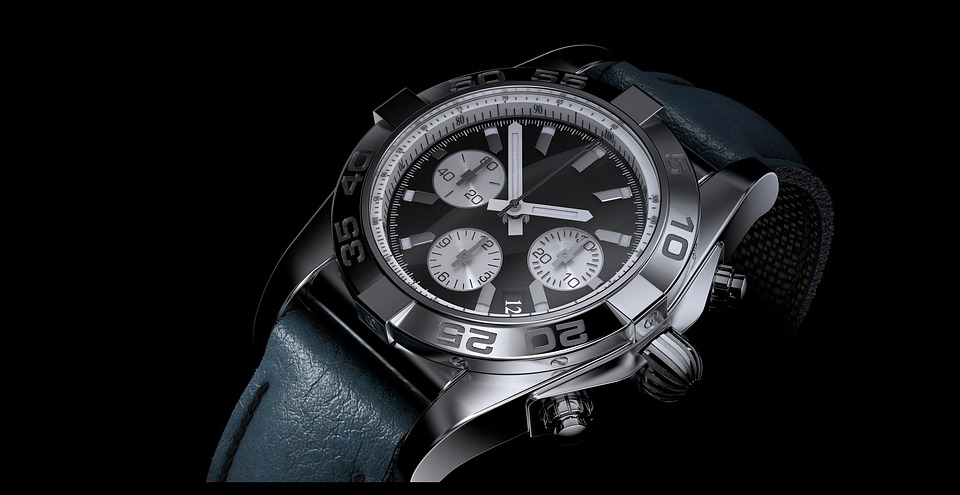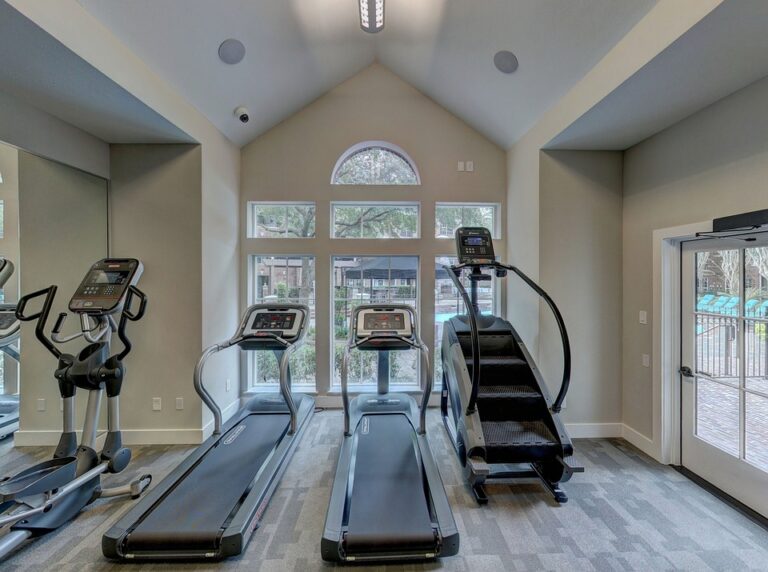High-End Headphones vs. Budget Picks: A Detailed Comparison
In today’s audio market, the choice between high-end headphones and budget picks often comes down to a trade-off between performance, comfort, and price. Whether you’re an audiophile, a casual listener, or someone in need of reliable gear for daily use, understanding the differences between these two categories can help you make an informed decision. This article dives into the key factors that set high-end and budget headphones apart, helping you determine which option suits your needs best.
1. Sound Quality: The Core of the Debate
Sound quality is the most obvious differentiator between high-end and budget headphones.
-
High-End Headphones:
Premium models, such as those from brands like Sennheiser, Beyerdynamic, or Sony’s high-end lines, often feature advanced driver technology, larger diaphragms, and higher-quality materials. These components work together to deliver a more accurate, detailed, and immersive audio experience. They excel in revealing subtle nuances in music, offering a balanced frequency response (from deep bass to crisp treble), and minimizing distortion. For critical listeners, producers, or enthusiasts, this level of detail is invaluable. - Budget Picks:
Budget headphones, including models from JBL, Anker, or even Apple’s AirPods, prioritize affordability over audiophile-grade sound. While some modern budget models have improved significantly, they often lack the depth and clarity of their high-end counterparts. Sound may feel "flatter" or "muffled," with less separation between instruments and vocals. However, for casual listening or on-the-go use, many budget options still deliver acceptable sound quality.
Verdict: High-end headphones win for audiophiles, but budget models suffice for everyday use.
2. Comfort and Design: Longevity Matters
Comfort is crucial for extended use, and this is where high-end headphones often shine.
-
High-End Headphones:
Brands like Bowers & Wilkins or Audio-Technica invest in ergonomic designs, plush memory foam ear cups, and lightweight materials. Over-ear models are typically designed for all-day wear, with adjustable headbands and breathable padding. Their sleek, premium aesthetics also appeal to those who value style. - Budget Picks:
Budget headphones may use cheaper plastics or less forgiving padding, leading to ear fatigue during prolonged use. While some models (like the Sony WF-1000XM4) offer comfort, many budget in-ear or on-ear designs can feel uncomfortable or even painful after a few hours.
Verdict: High-end headphones are more comfortable for long sessions, but budget options can still work for short-term use.
3. Build Quality and Durability
Durability is another area where high-end and budget headphones diverge.
-
High-End Headphones:
Constructed with premium materials like aluminum, leather, and reinforced plastics, high-end models are built to last. They often feature robust hinges, water-resistant coatings, and sturdy cabling (for wired models). This makes them a better investment for frequent travelers or heavy users. - Budget Picks:
Budget headphones may use cheaper plastics and simpler designs, making them more prone to wear and tear. While some brands (like Anker or JBL) offer surprisingly durable options, they generally don’t match the longevity of high-end models.
Verdict: High-end headphones are sturdier, but budget models can still hold up with careful use.
4. Additional Features: Beyond the Basics
Modern headphones come with features that cater to different lifestyles.
-
High-End Headphones:
Premium models often include advanced noise cancellation, adaptive EQ, and support for high-resolution audio codecs (like LDAC or AAC). Wireless versions boast longer battery life (up to 50+ hours) and seamless connectivity with smartphones, tablets, and laptops. Some even integrate with smart assistants or offer customizable sound profiles. - Budget Picks:
Budget headphones may lack noise cancellation or high-end codecs, relying on basic Bluetooth connectivity and shorter battery life (typically 20–30 hours). However, some models now include passive noise isolation or decent battery performance, making them suitable for casual use.
Verdict: High-end headphones offer more advanced features, but budget models are catching up.
5. Price and Value for Money
Cost is the most obvious difference, but value depends on individual needs.
-
High-End Headphones:
Prices range from $200 to over $1,000. While expensive, they justify their cost with superior sound, comfort, and durability. They’re ideal for professionals, serious music lovers, or those who prioritize long-term value. - Budget Picks:
Priced between $20 and $150, budget headphones are accessible for students, commuters, or casual listeners. While they may not match high-end performance, they offer excellent value for basic needs.
Verdict: High-end is a luxury, while budget options are practical for most users.
6. Use Cases: Choosing the Right Fit
-
High-End:
- Music production or critical listening
- Long hours of use (e.g., gaming, work)
- Travelers seeking noise cancellation and durability
- Budget:
- Daily commutes or workouts
- Casual listening without audiophile demands
- Users on a tight budget
Conclusion: It’s About Your Priorities
High-end headphones and budget picks each have their strengths. If you value exceptional sound quality, comfort, and durability, investing in a high-end model is worth it. However, for most users, budget headphones offer sufficient performance at a fraction of the cost. The key is to assess your priorities: Are you a music enthusiast who needs every detail, or a casual listener who wants reliable, affordable gear?
Ultimately, the best headphones are those that align with your lifestyle, preferences, and budget. Whether you choose a premium pair or a budget-friendly option, the goal is to enjoy your audio experience—without breaking the bank.
Final Tip: Always read reviews and, if possible, try headphones in person to find the best fit for your ears and needs.







